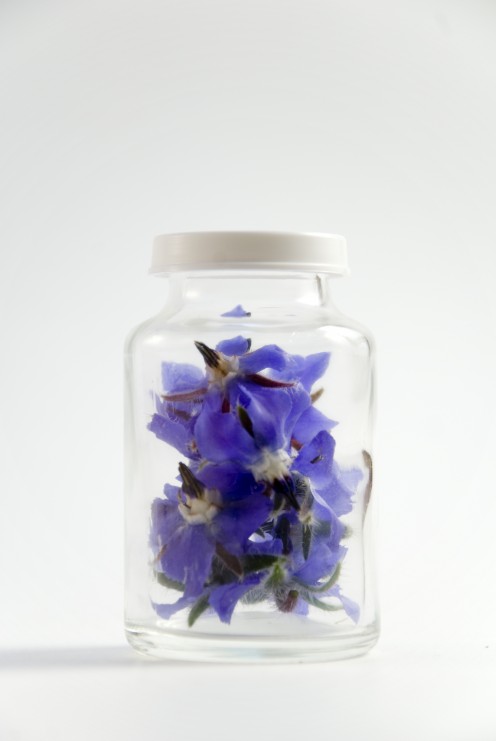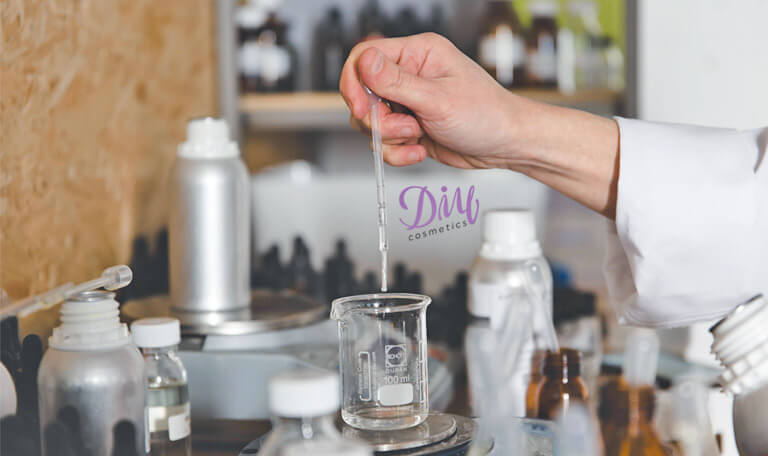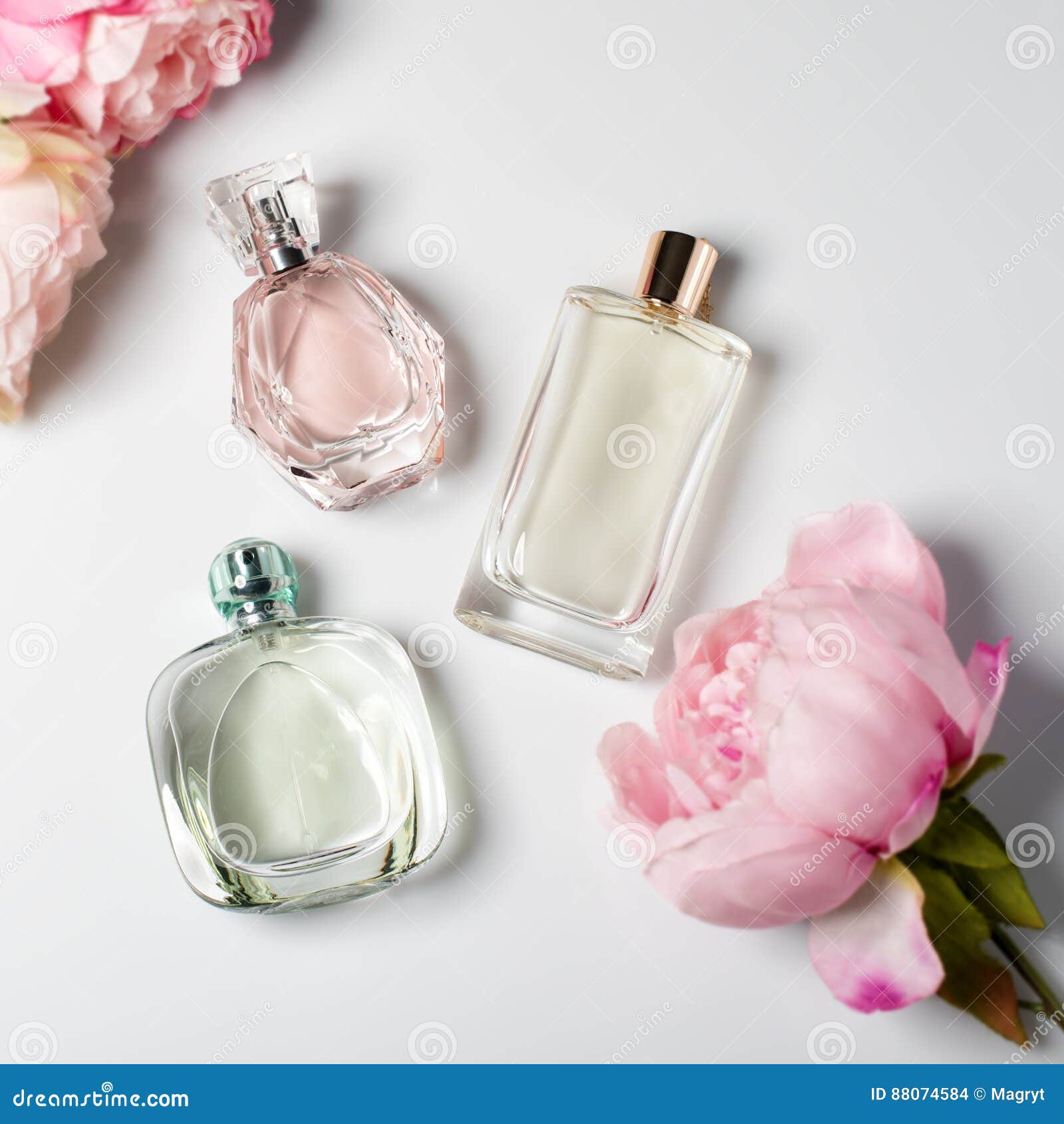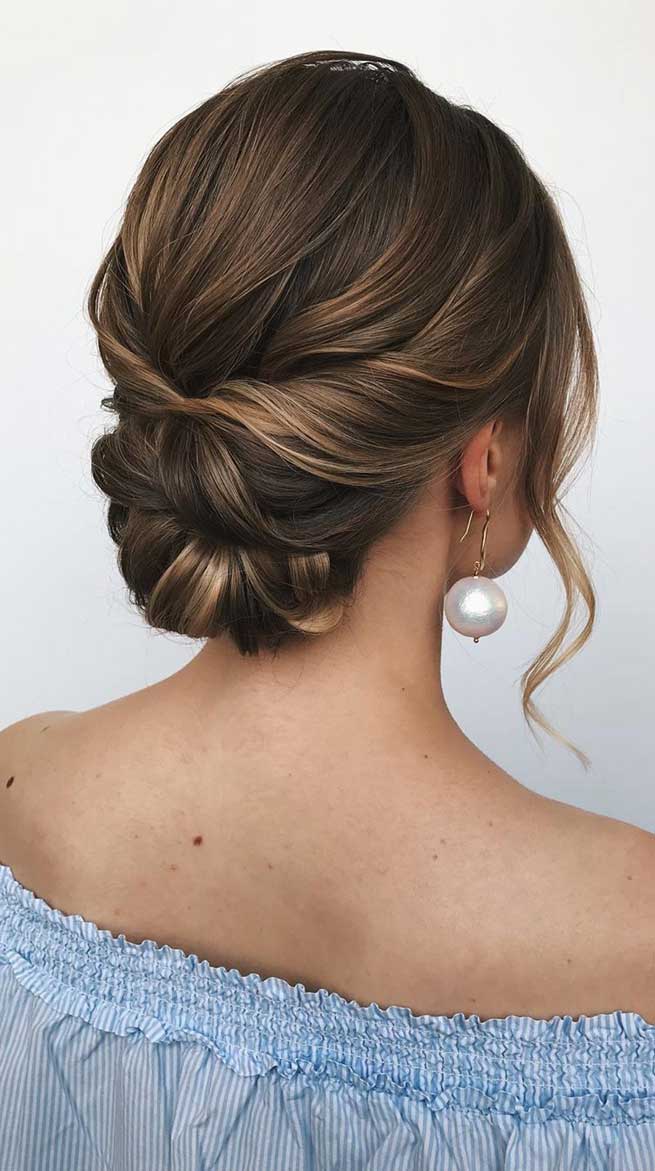Table of Content
- Is it possible to produce perfume from rose petals?
- Can you put fresh lavender in a candle?
- Over to you! What homemade perfume will you make?
- At home, how do you extract oil from jasmine flowers?
- DIY Rose Perfume Recipe
- Is it cheaper to make your own candles?
- FragranceNet Review: Is it Legit & With Coupon?
All you have to do is boil some water and collect the steam. Steam will be converted to distilled water. Put this water in the aluminum saucepan, add the petals, and bring to a simmer just below boiling. Once you’re happy with the scent, add 2 tbsp bottled water to your perfume. Collect flowers, leaves, or herbs whose scent appeals to you. Be sure to collect plant materials when the scent is strong and the leaves are dry.

Making your perfume yourself is safe as long as abide by the measurements and ratios specified in the recipe. The right workplace should be well ventilated and be able to contain odour in order to avoid the choking effects of the aromatic oils. To help with this, you can install a cooling system . After learning about notes, it is also important to know what constituents a scent and the different types of scents. This knowledge is directly tied to notes as they are intricately linked as subcategories of fragrance notes. The risk of these health issue are somehow lessened with the idea of DIY body fragrances.
Is it possible to produce perfume from rose petals?
If you want to do something super creative, make your perfume right at home using your local grocery store ingredients. This article explains the guide to making your DIY perfume with easy-to-follow directions. They make for great handmade gifts and are one of the simplest DIY projects out there! The concentrated essential oil is the element that makes a fragrance remain longer, which is why Anukets roll-on perfumes are always 100% oils. The concentrated essential oil is the ingredient that makes a fragrance last longer, which is why Anukets fragrances are all 100% oils.

Check out this beginner’s guide to rose note perfumes. Crush the rose petals with the mortar and pestle. But, you can use whatever type of rose you have for this project. Just make sure that the roses are fresh since the scent will be strongest that way. The most common roses used in making perfumes are the Turkish rose, Damask rose, and Rosa Centifolia. I’m absolutely in love with perfume.
Can you put fresh lavender in a candle?
In addition to the potential of unintended fires, organic materials such as dried flowers, create excessive smoke when lit and release carcinogens into the air. Use an eyedropper to add jojoba oil to the shoulder of the bottle. Strain the perfume and transfer it to a spray bottle. Use an eyedropper to add jojoba oil till the shoulder of the bottle. Strain the perfume and transfer to a spray bottle.
Before you move on to make your first perfume, you need to understand notes breakdown. The above-mentioned method is very easy. But there is a way to get hundreds of scents to choose from. Instead of using flower petals, consider essential oils. You will want the purest quality oils.
Over to you! What homemade perfume will you make?
Place your favorite container inside and cook for around 50 minutes. After 30 minutes, pause for a minute. The role played by them in the formulation of great perfume. It was a brief but very essential."

Use a dark glass bottle or jar to store your perfume. If you don’t have one, use an empty vanilla bottle. Be sure you wash and sterilise it before use. Let the bottle cool before you pour in your liquid. With these proportions, you’ll get 5 ml of perfume.
Heat boosts the evaporation process of perfume and you’ll need to understand which notes are best for different seasons. The mixture is poured in a metal container with a lid to allow it to become a solid perfume. You can harvest violet and rose at different times of the day. Some say it’s best to harvest in the morning. I’m not sure about this one, it’s best to smell the flowers through the day to see the difference for the perfect harvesting time.

In this case, shake the bottle very well each time you want to use the perfume. Coconut oil, avocado oil, almond oil, apricot kernel oil, and jojoba oil are the best carrier oils for homemade perfumes. You can go for the light or cold-pressed ones.
This soaking process makes it easy to extract the moisture it contains. And two dark bottles with airtight covers to store the perfume after production. Using a dark bottle is essential as the dark shade works to keep the light out and so allows your fragrance stay preserved for a longer time.

Not only is all the gorgeous color a sight for sore eyes, but all those flowers can be put to good use in a myriad of fun ways. One of my favorite ways to use them is by making my own flower petal perfume. Always use pure alcohol or 100 proof vodka for your perfumes because – the higher the percentage of alcohol, the better the outcome. Pour enough vodka to cover the dried flowers until they float. Transfer to a perfume bottle once it has reached the desired scent. Become a member of the Queen of Green Digest by subscribing to her newsletter.
"I'm so happy that I was able to obtain this information, because I have always had a deep passion for perfumes. Do this for 1 minute to ensure that the contents are well blended. You can add dipropolene glycol in the amount of 3 tablespoons to a clear bowl.
Add your base, then the middle, and then the top notes. Using a spoon, mash the petals to release the oils, then add the distilled water. Cover and let it sit for 7 days. Every couple of days, check on your concoction, using a spoon to mash the petals even further. Cover and let it sit for another 7 days. Every couple of days, check on your concoction and use a spoon to mash the petals even further.
Is it cheaper to make your own candles?
I also had some lemon extract lying around the house. For best results, when wax is melted, place candy thermometer in wax and bring to wax manufacturer's recommended temperature for adding fragrance. Remove from heat and stir in 1 tablespoon vanilla extract, 1 tablespoon ground cinnamon and ½ teaspoon ground cloves for about every 2 cups of melted wax. Adding dried herbs to the hot wax during candle-making gives fragrance and texture to the candles.


No comments:
Post a Comment